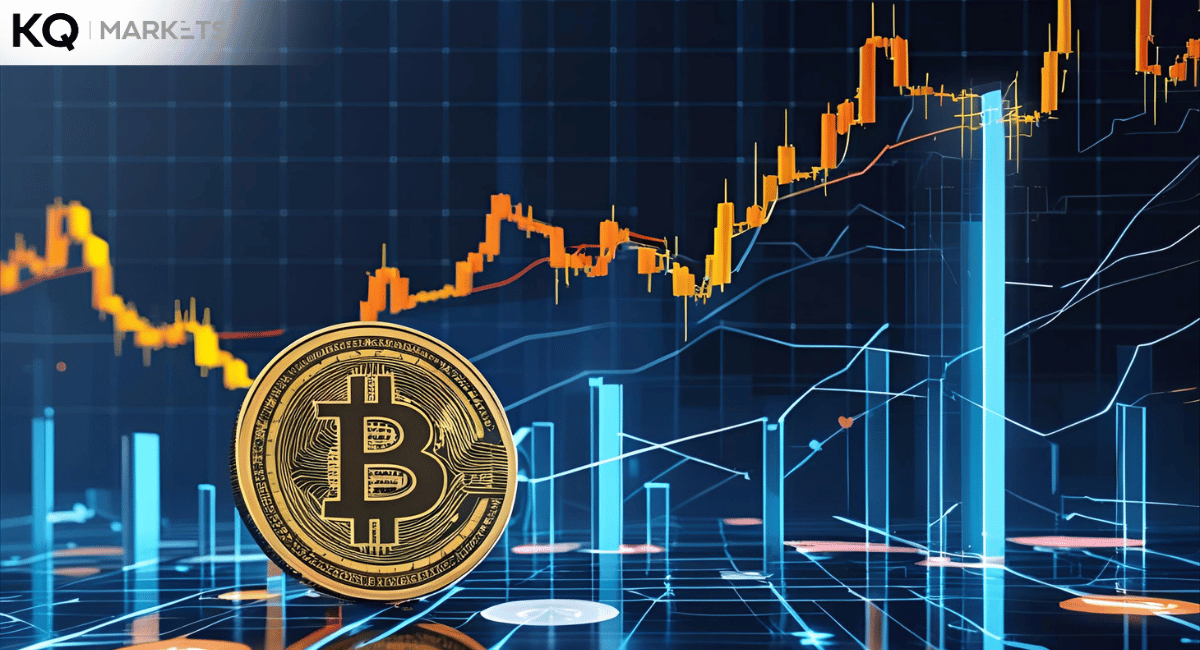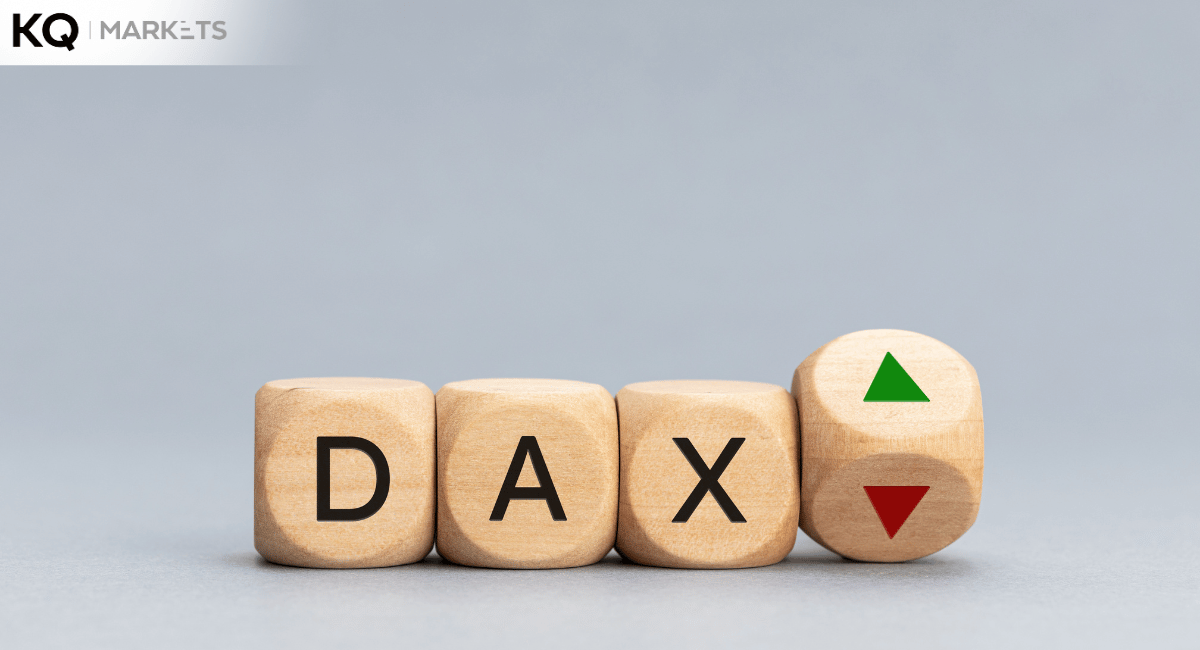The US inflation rose by more than economists’ forecast in June. The acceleration resulted in a relentless price pressure that lured the Federal Reserve to consider another high interest-rate hike. The consumer price index faced its most substantial gain since 1981 of about a 9.1% increase. On the other hand, the inflation gauge accelerated by 1.3% due to higher food, shelter, and gasoline prices. The increase marked the highest one since 2005.
The Bloomberg survey medians indicated an 8.8% year-over-year increase and a 1.1% rise from May. Yet, it marked the fourth-straight month headline annual numbers that surpassed estimates. The core CPI that strips out the volatile energy and food components increased by 5.9% from last year and 0.7% from last month. The dollar and Treasury yield accelerated, but the US stock dropped.
These red-hot inflation numbers reaffirm that expense pressures are widespread throughout the US economy. Besides, they continue to sap purchasing confidence and power. Fed officials will continue imposing aggressive policies to control demand. It also pressurizes congressional Democrats President Joe Biden, whose support has dropped despite the upcoming midterm elections.
Economists suggest that June might mark the peak of this inflationary cycle. Nonetheless, several crucial factors like housing may keep the expenses pressure elevated longer. Geographical factors such as Russia’s war in Ukraine and Covid-19 lockdowns in China worsen the inflation outlook and hamper supply chains.
Thus, the Federal Reserve has signaled another 75 basis-point interest rate hike in July due to the persistent inflation and stagnant wage & job growth. Some traders have fully priced based on the predictable hike, even before the Fed announcement. Most importantly, odds show that a full-percentage point is possible by a third, and at least a 75 basis point hike is probable.
In any case, household necessities’ prices constantly recorded outsized increases throughout June. Gas prices increased by 11.2% from May to June. Energy prices for natural gas and electricity recorded the highest surge of 3.5% since 2006. Recent research indicates that companies can still sustain the price surges in commodities. Some companies could charge customers 12% more in the second quarter.
Primary residence rent recorded the most substantial monthly increase since 1986 of about 0.8% from May. Shelter costs contribute the most significant services component and constitute up to a third of the total CPI index. These costs increased by 0.6% as of May. Home sales dropped over the last few months since mortgage rates were higher. Thus, economists believe rental inflation will persist since it may take time for changes to reflect in the CPI.
Final Word on Price Pressures
Economists expect rental inflation, gasoline prices, food prices, consumer prices, and the so-called core CPI to keep soaring over July. Yet, wage growth and average hourly earnings do not showcase any increase despite the price pressures elevated and volatile food and energy. Above all, the Fed looks towards raising interest rates over the month amid persistent inflation. The widely followed inflation gauge warns about tougher times.





